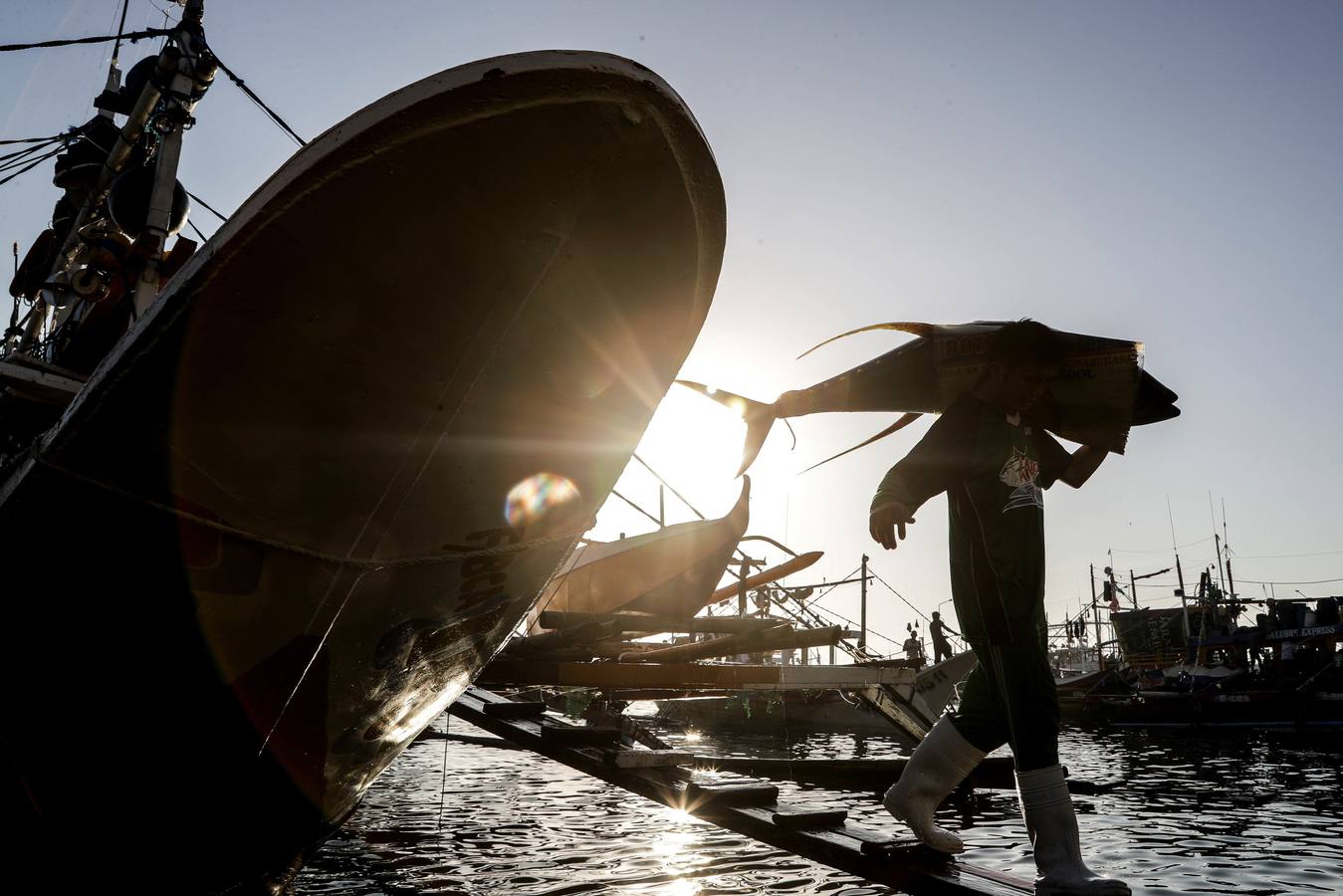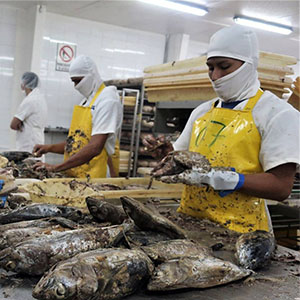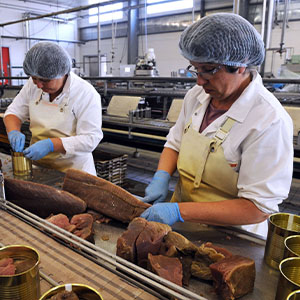
The 6 cities twinned with Bermeo because of tuna
Tuna species represent 20% of the value of all the sea fish catches worldwide. In fact, it’s the basis of economic development in over 90 countries and 25% of the total protein consumed in the world. With these data on the table it’s easy to imagine the importance of creating synergies between private and public bodies for co-operation via international governance to advance in the sustainability of the oceans.
This is a reality whereby the signing of the Alliance of World Tuna Cities that will be held next may 3rd in Bermeo is a great step towards achieving the collaboration of local governments and guaranteeing the resource sustainability via responsible management and exploitation practices based on the best scientific knowledge.
Allow us to introduce you to the World Tuna Cities and tell you why they are or were a reference in this sector.
Majuro (Marshall Islands)
The Western and Central Pacific Ocean has become the only area where tuna is harvested sustainably. A history of cooperation and dedication that showcases a wide range of expertise, a vast and varied mix of talent and skills. The region has the largest and most comprehensive on-board observer program and one of the most comprehensive vessel monitoring systems in the world that carefully monitor fishing activities under sustainability procedures.
Manta (Ecuador)
Ecuador has the most important tuna fleet in the East Pacific, and its local industries process around 500,000 tonnes of tuna per year, 80% of which is exported to the foreign market (steaks, tins and ‘pouch’) and 20% is for local consumption. The majority of those industries (approximately 70%) are in the small town of Manta, whose fishing and cabotage terminal is particularly important due to the high volume of catches received from artisanal and industrial vessels which, together with shrimpers, comprise Ecuador’s largest fishing fleet. In fact, 40,941 metric tonnes of tuna were unloaded from the 141 vessels received in the first semester of 2022 alone. 75% of the national tuna fleet operates in this town, mobilising over 400,000 tonnes of fish per year between domestic and international fishing. As such, the declarations of Jessika Guadamud, chairwoman of Manta Port Authority Directorate, who stated that “the fishing sector has an important impact on the Port of Manta, generating foreign currencies and creating jobs, not only via tuna catches, but also in all the industries and trade originated from the same”, are not outrageous.


Victoria (Seyschelles)
The Seychelles have a population of 90,000 living on 33 islands and essentially earning a living from tuna fishing, so much so that in its capital, Victoria, both tuna fishing and tinning are the big local industries with its port as an essential fishing industry hub of the Indian Ocean particularly regarding tuna. In fact, the tuna industry attracts important foreign investments to the islands, chiefly via the numerous European tuna vessels which tranship the catch in the port to later export it worldwide. Furthermore, Victoria houses one of the largest tuna tinning factories in the world.
Pago Pago (American Samoa)
One of the best protected ports in the South Pacific, which gives American Samoa a natural advantage because it facilitates the landing of fish for processing; it is also considered the national ocean sanctuary, being a tropical reef that supports the greatest diversity of marine life in the National Marine Sanctuary System, including a wide variety of corals and other invertebrates, fish, turtles, marine mammals and marine plants. It aims to protect the island’s extensive coral reefs and marine archaeological resources, and also encompasses important fishing grounds.
Concarneau (France)

Tuna is the French people’s favourite fish in terms of tinned consumption. And in fact, France sells almost 5,630 tonnes of tuna per year. There, the small town of Concarneau, in Brittany, is an important fishing port whose star product for centuries was the sardine until replaced by white tuna. The first canning companies specialised in tuna and sardines appeared in Concarneau in the mid-19th century, making it one of the most important ports in France. By way of example, this town had 30 canning companies employing around 2,000 people (out of a total population of 7,000 inhabitants) in 1900. Activity started dropping after World War II although even today Concarneau is still an important fishing port (1st French port for tuna and 6th for inshore fishing) with an important shipbuilding sector and a fleet with over 200 fishing vessels livening up the docks and fish auction market.


